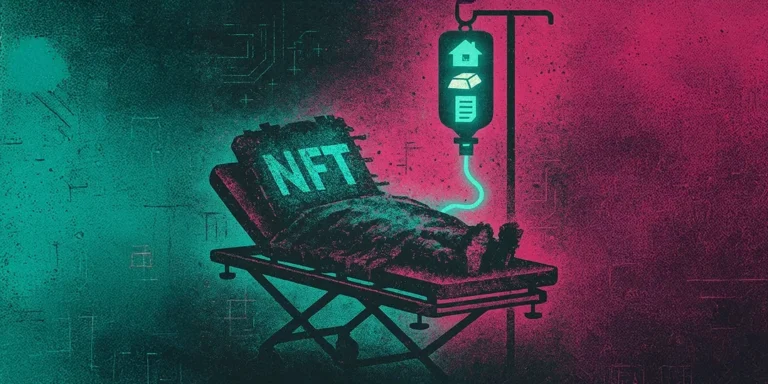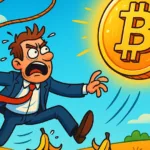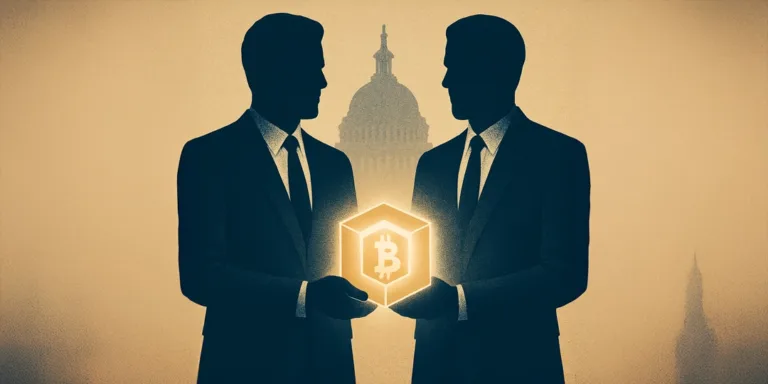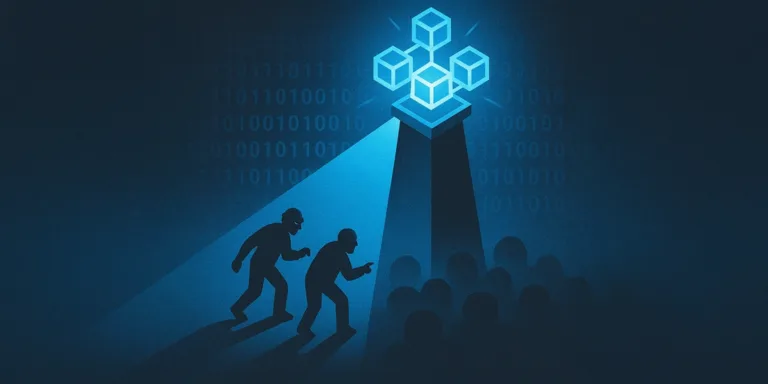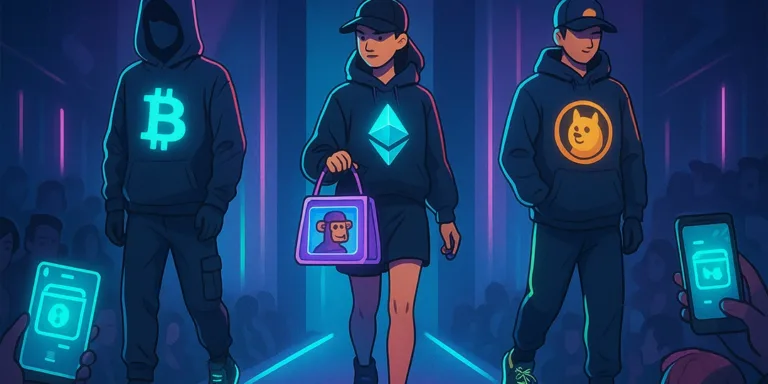When blockchain technology paved the way for people to digitize their physical products and services, hypes bloomed around the Non-Fungible Token (NFT) market. NFTs are the tokens that make real-life products digitize. In 2021, NFT madness surged. As time passed, the initial frenzy around these unique tokens has subsided. Worth noting, the NFT lending market is also going through tough times, according to several reports.
Prime reasons for the lowering NFT hype cycle
The root cause of the downturn in the NFT market is due to its lack of utility, increased scams, fraud, wash trading, and environmental concerns. Low-quality NFTs, along with copycats and less-creative ones, led the market to degrade.
What is an NFT lending market?
The NFT lending market is a digital space where NFT holders can lend or borrow cryptocurrencies by keeping their NFTs as collateral. If the borrower pays back the loan within the deadline, they can get their NFTs back; in contrast, if they cannot repay, the lenders will withhold the NFTs.
So, why is the lending market melting? Price dip, low liquidity, and increased risks, clubbed with the reasons of the NFT market downtrend, are the key reasons for the declining NFT lending market.
Real-World Assets can rejuvenate the NFT lending market — DappRadar
Decentralized app tracker DappRadar has made a bold statement that Real-World Assets (RWA) can throw a lifeline to the flatlining NFT lending market. Sara Gherghelas, Senior Blockchain Analyst at DappRadar, wrote on X, “NFT lending isn’t dead. It’s maturing.”
For the uninitiated, Real-World Assets are the tokenization or digitization of real-life products, like stocks, real estate, commodities, art, and more. These tokens are digitally represented on a blockchain, and users can buy the product even in fractions.
1/
— Sara Gherghelas (@saragher22) May 27, 2025
NFT lending is down 97% from ATH.@blur_io 's reign is over.@gondixyz just flipped the game.
Let's dive into the current state of NFT lending — and what’s next for this collapsing but still intriguing sector.
🧵👇
Initially, the analyst revealed that the NFT lending market is down 97% since its All-Time-High (ATH) in Q1 2024, with a volume of $2.13 billion. The borrower activity has decreased by 90%, and the lender activity has also shrunk by 78%. In her words, integrating Real-World Assets with NFTs injects real value and stability into the much speculative lending space.
The possible reason for this drastic change is that users might be borrowing less valuable NFTs for a loan as collateral, and this insinuates that they are less willing to take huge risks.
Despite the lending market in blue, the NFT lending protocol, GONDI, is now spearheading the market, the analyst unfolds.
How can RWAs add value to the NFT lending space?
- RWAs add tangibility
Real-World Assets are the tokenized form of real products that are tangible. When these products or commodities are tokenized as NFTS, it increases the real-world value, stability, and reliability of the market. - Low volatility speaks loudly
RWAs are less volatile and less speculative when compared to NFTs, making lending platforms to manage risk effectively. - And, credibility speaks too
The credible nature of RWAs welcomes traditional financial institutions as well as asset managers to join the lending market, as they are more likely to engage with assets that have real-world revenue streams. - Brings diversity
NFTs are typically for profile pictures and shared as collectibles. RWAs diversify the lending market with their extensive use cases: revenue-backed credit, tokenized invoice financing, etc. - Better liquidity, better utility
As RWA integration into NFTs adds more credibility, more users will join the lending space, alluring high transaction volumes and liquidity.
As NFT users are now more curious about the token value and strength, there are concerns rising over the stability of these fungible tokens as well as their lending market. And, this is where Real-World Assets play a major role in enhancing liquidity, stability, credibility, and tangibility of the lending game.
Disclaimer: Please remember that this article is provided for informational purposes only. It does not constitute financial advice. Altcoin Desk is not liable for any financial decisions you make.




